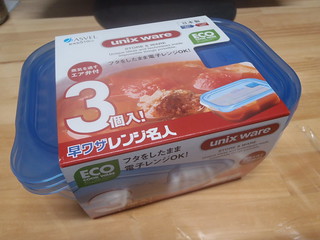

| Main index | Section 5 | 日本語 | Options |
Each line in the file consists of a netgroup name followed by a list of the members of the netgroup. Each member can be either the name of another netgroup or a specification of a tuple as follows:
(host, user, domain)
where the host, user, and domain are character string names for the corresponding component. Any of the comma separated fields may be empty to specify a ``wildcard'' value or may consist of the string ``-'' to specify ``no valid value''. The members of the list may be separated by whitespace and/or commas; the ``\'' character may be used at the end of a line to specify line continuation. Lines are limited to 1024 characters. The functions specified in getnetgrent(3) should normally be used to access the netgroup database.
Lines that begin with a # are treated as comments.
| /etc/netgroup | |
| the netgroup database | |
The netgroup database should be stored in the form of a hashed db(3) database just like the passwd(5) database to speed up reverse lookups.
| NETGROUP (5) | December 11, 1993 |

| Main index | Section 5 | 日本語 | Options |
Please direct any comments about this manual page service to Ben Bullock. Privacy policy.
